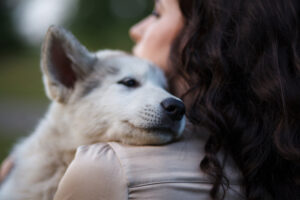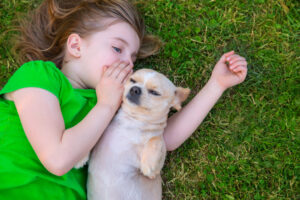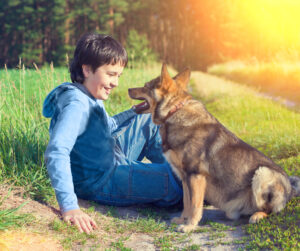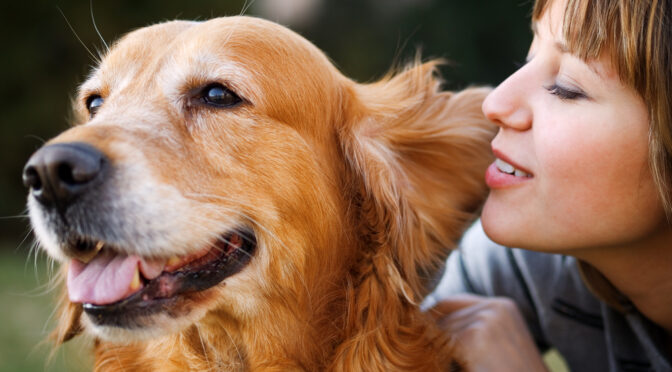Let’s face it. We have all looked at our furry four legged friends and wondered what in the world is going on in that brain of theirs. What are they thinking? How do they feel? What mood are they in, etc. and so on.
The Dog:

Humans and dogs have lived together for 30,000 years. Let that sink in for a moment. 30, 000 years.
During this time the relationship between man and beast has developed into one of unconditional love, friendship, and companionship. Today, you can find a dog in 50% of American households.
We like to think that the vigorous wagging of a tail, constant licking, or head nuzzling movements are signs that our dogs love us back.
However, since dogs obviously can’t communicate with us verbally we can’t really be sure. Can we?
Dog Brains:
Thanks to recent developments in brain imaging technology, we’re starting to get a better pictures of the happenings inside the canine cranium. Scientists have started to study the brain of the domestic dog and the results of this are quite exciting for all dog owners.
Studies show that dogs not only love us back but they actually see us as their family. Dogs rely on humans more than they do their kind of affection, protection, and anything in between.
The Study:
A neuro-imaging study about odor processing in the dog brain was used to measure their neural responses to the smell of people and dogs, both familiar and unknown.
Animal cognition scientists at Emory University trained dogs to lie still in an MRI machine and used functional magnetic resonance imaging to measure the neural responses.
The way dogs process smells provides an incredible amount of insight into their social behaviors. Scientists discovered that the dog owners’ smell activated the reward center in their brains, known as the caudate nucleus. They prioritized this smell over all others.
Further Proof:
 Researchers at Evotos Lorand University in Budapest, studied canine brain activity in response to different human and dog sounds, including voices, barks, and meaningful grunts and sighs both species emit.
Researchers at Evotos Lorand University in Budapest, studied canine brain activity in response to different human and dog sounds, including voices, barks, and meaningful grunts and sighs both species emit.
The study revealed similarities in the way dog and human brains process emotionally laden vocal sounds. Researchers found that happy sounds in particular light up the auditory cortex in both species.
This commonality speaks to the uniquely strong communication system underlying the dog-human bond.
Essentially, this means that dogs not only pick up on our mood changes, they are physically wired to pick them up.
Dog-Human Relationship:
Dogs interact with their human caregivers in the same way babies do with their parents. When dogs are frightened, or anxious they run to their owners. Similar to toddlers who experience the same emotions, but in contrast to other animals who will simply run away.
Dogs are also the only animal outside the primate family who look people in the eyes. This is pretty much a unique behavior between dogs and humans. Dogs seek out eye contact from people, but not their biological parents.
So, you can continue referring to your dog as your baby. As it turns out, they inhabit this perspective just as much as we enforce it.
Written by:
Sources: https://mic.com/articles/

